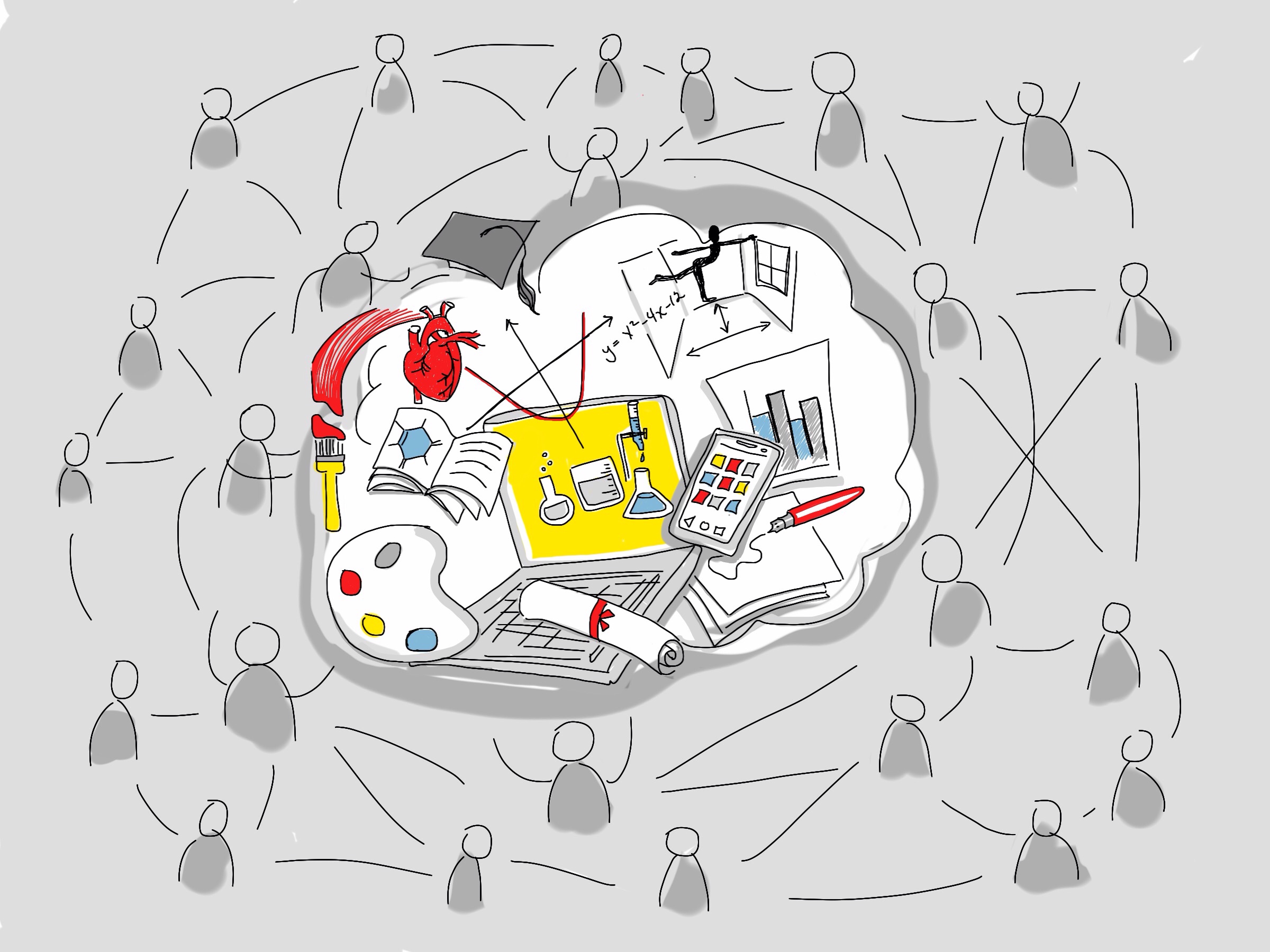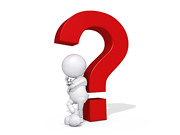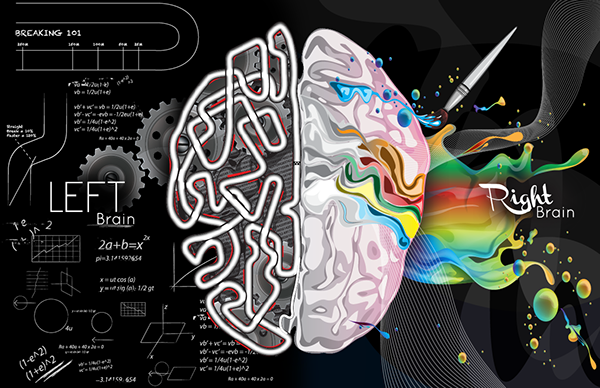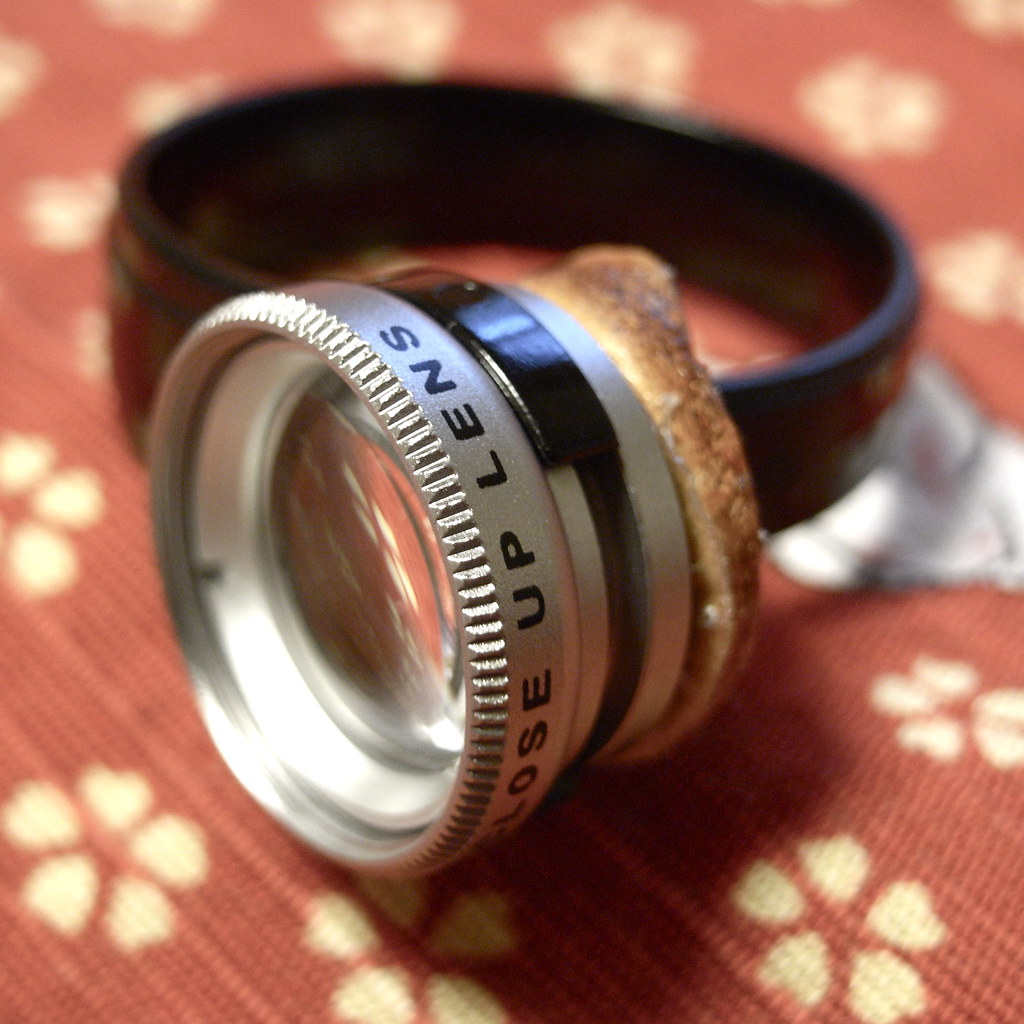Learning design is something that I have been focusing some research on lately as I want to have a better understanding as I go through trying to create more content related to the new curriculum for my courses. I want what I create to be founded in research and to have a clear purpose. As I learn I hope that improves my students learning. That is why I want to look into assessment more, how can we assess differently in an online environment? What is easier? What is harder? Authentic assessment has taken on a new meaning to me, as I want the assessment to demonstrate the students authentic understanding rather than a guess or an answer given that they don’t understand. Essentially the age old question in an online course: how do you know who is doing the work?
Well I made some advances in this area when assessing my grade 11 and 12 math students. I got them to film themselves explaining their complete solutions which gave me excellent insight into where their understanding was strong and where it was weak. I didn’t have a lot of time to scaffold the students submissions into my ideal video response, so I would like to put more time into that this year. I also really wanted to stop and ask them questions at certain points but the prerecorded video did not allow for that – there must be some way for me to use technology so I can pause their video and ask a question. My French course stayed relatively the same, however I made students submit drafts of written French and I would provide various corrections that they would choose to implement and submit their final version. This really helped me guide their grammar learning in a more authentic way and then the final version’s assessment included if they made corrections or left the errors. Finally with my art courses I decided to make my progress checks (that I would normally complete in person) more formal where students would submit progress photos and a reflection. This had incredible success and allowed students to know what I was focusing on them learning through the process of a large art project. Along with self-assessments, the reflections helped me better understand how the students met the curricular competencies in the course which made assessment that much easier.
As I learn and try these new methods, we (my students and I) are also learning. “ilearn2” by Annitix1 is licensed under CC BY-NC-SA 2.0
“ilearn2” by Annitix1 is licensed under CC BY-NC-SA 2.0
Focusing more on how I can use the curricular competencies along with the content to plan learning and assessment, I think will make a profound difference in the design of my courses. I also hope that this change will improve engagement as students will have more choice as to how they complete the different competencies while meeting the basis of the content needs.
I also only think about my subject areas: math, French and art, while those are varied they do not represent all teaching areas. There are of course other lenses that would be needed to give a full range of possibilities when assessing online.






lhuston
What a great way to assess Math understanding! The approach you took in your French class is one that I have had a lot of success with in my English courses. I think the changes you plan to implement will create further engagement for students 🙂